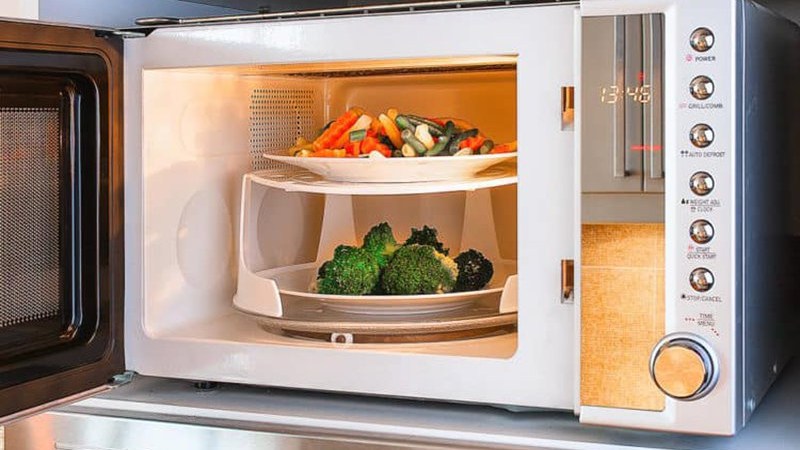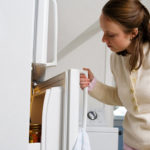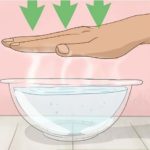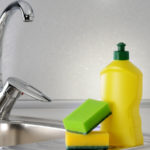Microwave ovens are a common appliance in many households, used for heating up food. Aside from putting food in the microwave, selecting the heat level, and timing, another common question arises: Should you keep the microwave door open or closed after use? Let’s explore the answer with expert advice.
1 Should You Keep the Microwave Door Open or Closed After Heating Food?
 Should you keep the microwave door open or closed after heating food?
Should you keep the microwave door open or closed after heating food?
It is common for people to leave the microwave door open after heating food. Ben Hilton, a 30-year veteran in the field of home and kitchen appliance care, offers insights into this habit, citing the following possible reasons:
- Cooled Down: Microwaves do not heat the cavity like conventional ovens. They generate microwaves that bounce around the cavity. Hence, leaving the door open to cool down the microwave is unnecessary.
- Moisture Removal: After use, microwaves tend to get moist due to the steam generated from heating food. Users often leave the door open to let the steam escape, ensuring the appliance stays dry.
However, microwaves are equipped with a fan and ventilation system to expel hot air, rendering an open door unnecessary. In fact, Ben Hilton advises that keeping the door open can lead to energy wastage, as the light bulb inside stays on, or it may cause damage to the interlock switch.
2 Is Condensation in the Microwave Dangerous?
 Is condensation in the microwave dangerous?
Is condensation in the microwave dangerous?
As mentioned earlier, condensation in the microwave is normal. However, if the appliance is exposed to moisture for extended periods, it can lead to corrosion. This may result in rust or paint peeling. Additionally, steam carries tiny food particles, creating an environment conducive to bacterial or mold growth.
More importantly, condensation poses a potential electrical hazard. Excess moisture can corrode and damage the appliance’s gaskets, allowing water to infiltrate electrical circuits, increasing the risk of fire and explosion. Hence, Ben Hilton recommends wiping down the interior with a dry cloth, as the fan and ventilation system may not be sufficient to remove all moisture.
Microwaves are a familiar fixture in modern households, and understanding whether to keep the door open or closed after use is essential. Thank you for joining us, and we hope you found this article informative.
Identifying the Cause of Refrigerator Condensation and How to Eliminate It
 Condensation and How to Eliminate It’>
Condensation and How to Eliminate It’>Are you dealing with an accumulation of condensation on the exterior and inside of your refrigerator? Dienmay GREEN is here to tell you why it's happening and how to solve the problem.













